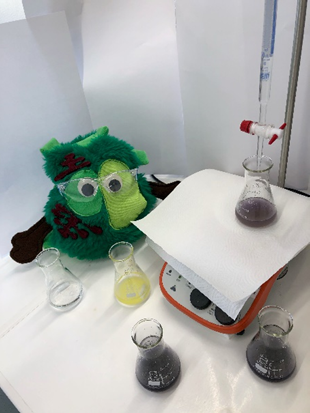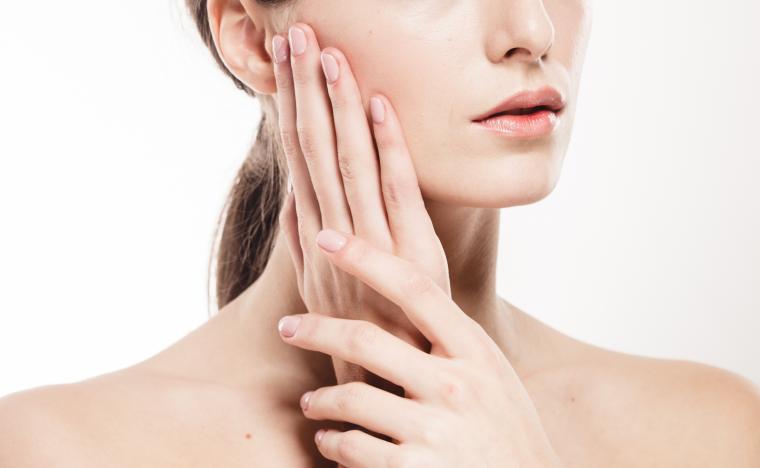Learning with McCell - part 8: Peroxide number
Ready for a new lesson with McCell? Today he will tell us about the Peroxide number.
With the peroxide number fats and oils can be tested for their stability or shelf life. The peroxide number is a measure of the freshness of a fat and gives an indication of its spoilage. In the determination, the peroxide-bound active oxygen atoms, which can react with potassium iodide, are measured per kilogram of fat.

This measurement can be used to determine how fresh a fat or oil is. Since every fat spoils over a longer period of time and thus forms more and more peroxides, the peroxide number can be used to make a good classification of the condition, shelf life and storage stability of a particular fat. Above a certain value one can speak of rancid or expired fats. These smell strongly and are also harmful to health.
Fats spoil when they are exposed to daylight, oxygen, moisture, heat, enzymes or microorganisms for a long time. All these factors influence a reaction that occurs on each fat during spoilage. In this reaction, a peroxide radical (a particle of two oxygen atoms) attacks the fat next to a double bond. To stabilize the newly formed peroxide-fat molecule, a hydrogen atom is stolen from another fat molecule. Now, there is room for another peroxide radical. As a result, a chain reaction is triggered. Since this reaction only takes place at double bonds, unsaturated fats are much more susceptible to peroxides. The reaction of fats and oil with peroxides is the reason why those shouldn’t be used for cooking because the reaction is much faster at high temperature.
To determine the peroxide number, an iodine-starch reaction is performed. First the fat is dissolved in a mixture of acetic acid and chloroform. Chloroform is used because most fats dissolve in it and acetic acid is added to make the mixture acidic. Then potassium iodide is added in excess which in the dark immediately reacts with the active oxygen (peroxide) to iodine. The reaction is complete after about 60 seconds. A blue starch solution is then added, which forms a colored complex with the resulting iodine. This complex is titrated with a solution of sodium thiosulfate from blue to slightly yellow to colorless, depending on the color of the fat or oil used. A blank sample is carried along which is prepared the same way as the sample without addition of fat. The peroxide number can be calculated based on the difference in consumption of sodium thiosulphate. The more sodium thiosulphate is needed to neutralize the starch-iodine complex, the more peroxides were present in the fat.








